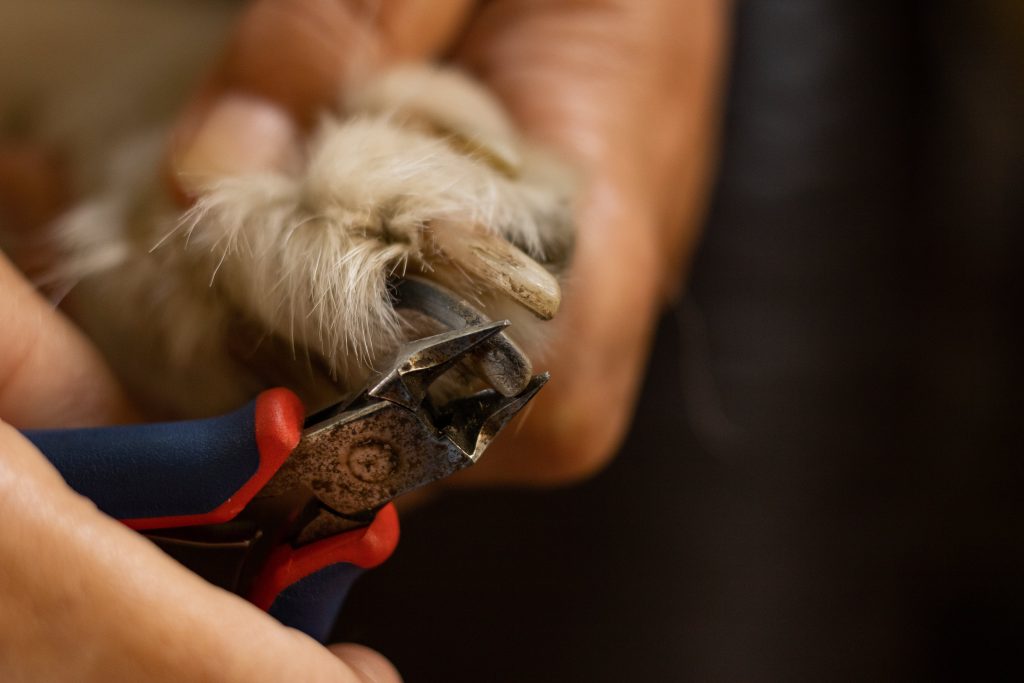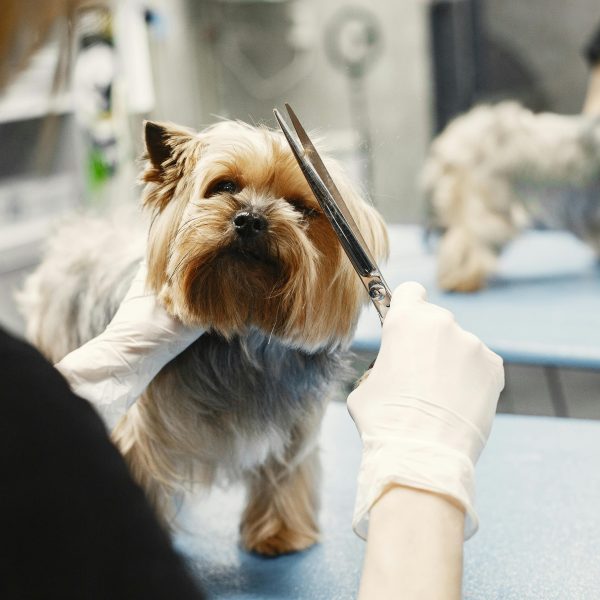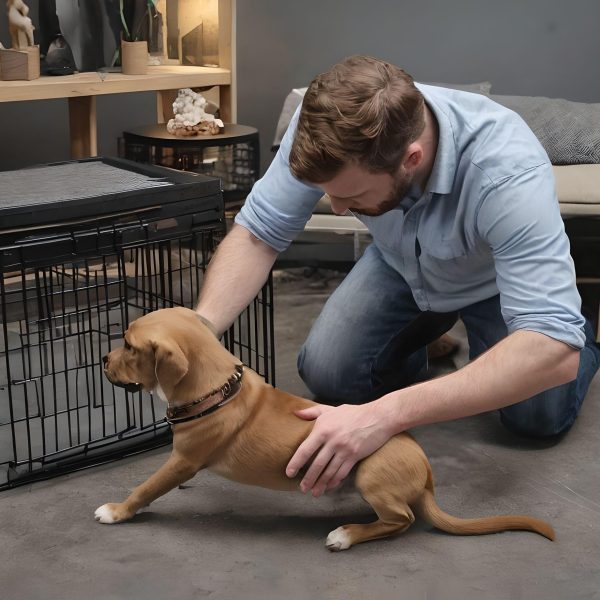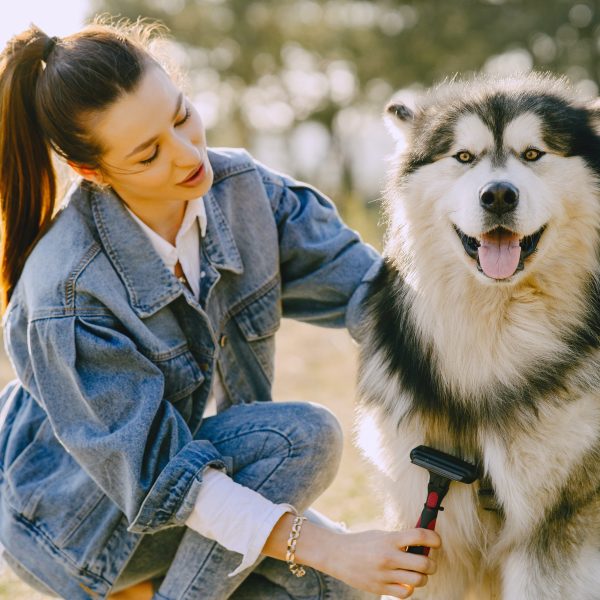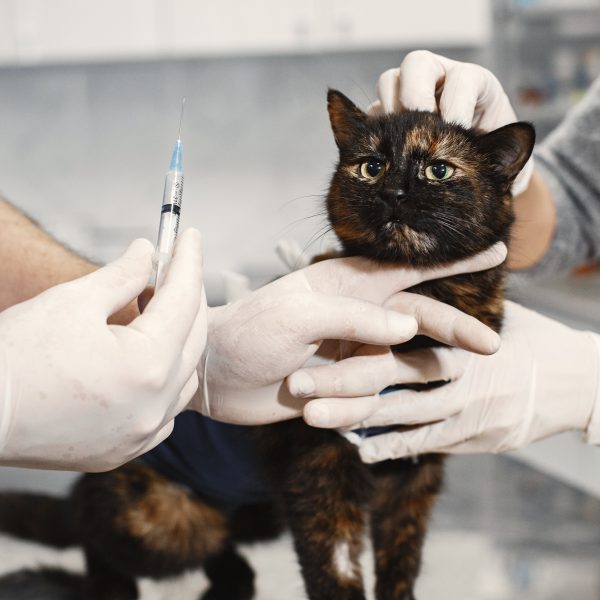Taking care of your pets’ nails is a crucial aspect of their grooming routine that is often overlooked by many pet owners. Regular nail maintenance is essential for your pet’s overall well-being, as overgrown nails can lead to discomfort, mobility issues, and even health problems. In this article, we’ll delve into the significance of nail care for pets and provide you with a step-by-step guide on how to trim their nails without causing unnecessary stress.
The Significance of Nail Care for Pets
Maintaining nail care is vital for the health and happiness of your pets. Here are some reasons why it’s important:
- Discomfort and Pain: Overgrown nails can curl and press into the pads of your pet’s paws, causing discomfort or even pain.
- Mobility Issues: Long nails can hinder your pet’s ability to walk or run comfortably, affecting their overall quality of life.
- Ingrown Nails: Neglecting to trim your pet’s nails may lead to ingrown nails, causing pain and potentially resulting in infections.
- Joint Issues: Long nails, over time, can cause problems with your pet’s joints by changing the alignment of their feet.
Now that we understand how crucial nail care is for our pets, let’s explore a step-by-step guide on trimming their nails without causing stress.
Step-by-Step Guide to Trimming Your Pet’s Nails
Step 1: Gather the Necessary Tools
Before you begin trimming your pet’s nails, make sure you have all the tools you need. This includes a pair of nail clippers specifically made for pets, styptic powder (in case of cuts), and some treats to reward your furry friend.
Step 2: Introduce Your Pet to the Tools
In a nonthreatening way, let your pet sniff and inspect the nail clippers and other tools to develop a positive association with them.
Step 3: Gradual Familiarization
If your pet isn’t accustomed to having their paws handled, start by touching and massaging their paws gradually. Increase the duration and intensity while rewarding them with treats and praise.
Step 4: Choose an Appropriate Time and Place
Select a comfortable environment for the nail trimming session. Ensure both you and your pet are relaxed before starting. Choose a time when your pet is calm and not too energetic.
Step 5: Trim
Start trimming by cutting a portion of the nail. Avoid cutting too close to the quick, which is the sensitive part containing blood vessels and nerves. If unsure, trim less and do it more frequently.
Step 6: Positive Reinforcement
Throughout the process, use positive reinforcement to reward your pet. Offer treats, praise, and affection to create a positive association with nail trimming.
Step 7: Patience is Key
If your pet becomes stressed or anxious, take breaks and be patient. Rushing can increase stress for both you and your furry friend.
Step 8: Watch for Stress Signals
Pay attention to your pet’s body language. If they show signs of stress, such as panting, trembling, or trying to pull away, stop the trimming session and try again later.
Taking care of your pet’s nails is an integral part of grooming that should never be overlooked. By following these guidelines and using positive reinforcement, you can transform the process of trimming your pet’s nails into a pleasant experience, benefiting both you and your furry companion. Consistent nail care plays a crucial role in maintaining your pet’s well-being, keeping them comfortable and content, so they can enjoy an energetic life.

